I see the sun slowly setting and I start moving. It’s nighttime now, and as a wolf spider, I need to search the garden for bugs to eat. I crawl through the garden, looking for bugs and possible pests that could ruin the plants. The plants give me shade and cover, and I don’t want them to die. My main target for tonight is going to be the ants. There have been too many in the garden, and, while being beneficial themselves, can protect harmful pests, so their population must be controlled. Then, I see an ant walking across the dirt. I quickly hide behind a leafy plant and wait for it to come close. I have to be fast , or the ant will try to escape, and it will be harder to catch. Also, it could alert other ants to my presence, and ruin my plan. Once it’s close enough, I spring out from behind the plant and pounce on it, not giving it time to move or run away. After I eat that one, I seek out more and more ants until the night is over and the ants’ population is sufficiently reduced and controlled. I go back to my home in the wood pile and stay in the shadows again, waiting for the next night.
I don’t really want to meet any humans, like the ones that own this garden. They freak out when they see me or other spiders, and I don’t understand why. I’m more scared of those big monsters. Well, it’s a good thing I can bite them if I need to in self-defense. The reason I chose to live in the garden is that when other wolf spiders make their homes in the wood of human houses, the humans almost always kill them when they find them. So I’ll just stay in the garden, keeping the plants well, feeding myself, and avoiding the daytime-roaming humans. During the winter, the cold is too much for me, and there’s nothing to eat out in the garden, so I’ve gone indoors occasionally in secluded places in the humans’ house, like the basement, hoping I won’t be found.
-- Ocean
Sustainable Agriculture Student
I don’t really want to meet any humans, like the ones that own this garden. They freak out when they see me or other spiders, and I don’t understand why. I’m more scared of those big monsters. Well, it’s a good thing I can bite them if I need to in self-defense. The reason I chose to live in the garden is that when other wolf spiders make their homes in the wood of human houses, the humans almost always kill them when they find them. So I’ll just stay in the garden, keeping the plants well, feeding myself, and avoiding the daytime-roaming humans. During the winter, the cold is too much for me, and there’s nothing to eat out in the garden, so I’ve gone indoors occasionally in secluded places in the humans’ house, like the basement, hoping I won’t be found.
-- Ocean
Sustainable Agriculture Student
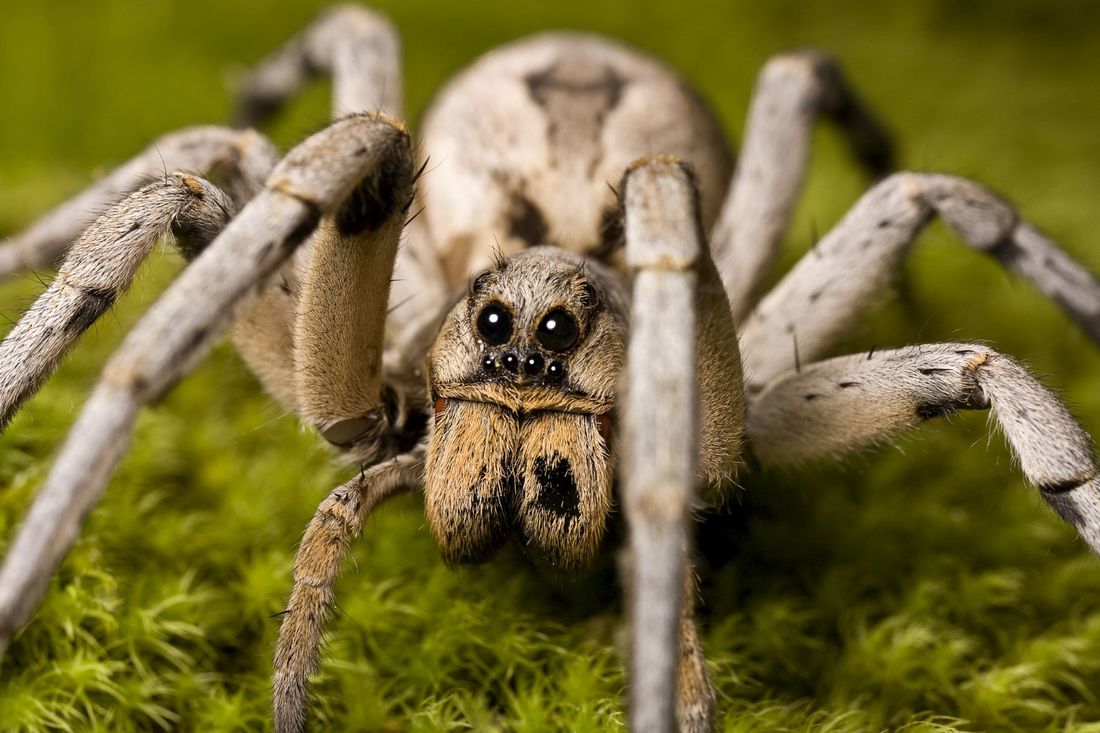
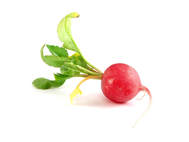
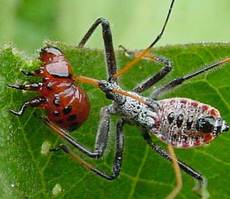
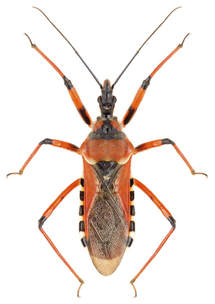
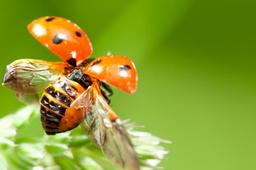
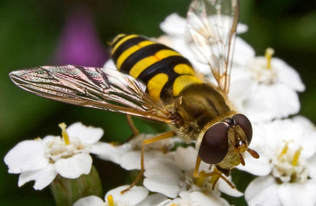
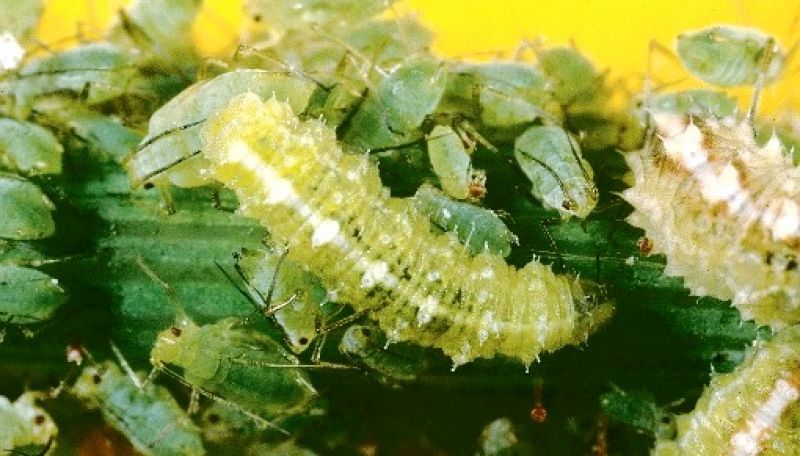
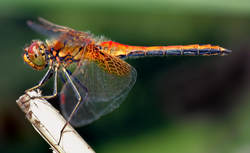
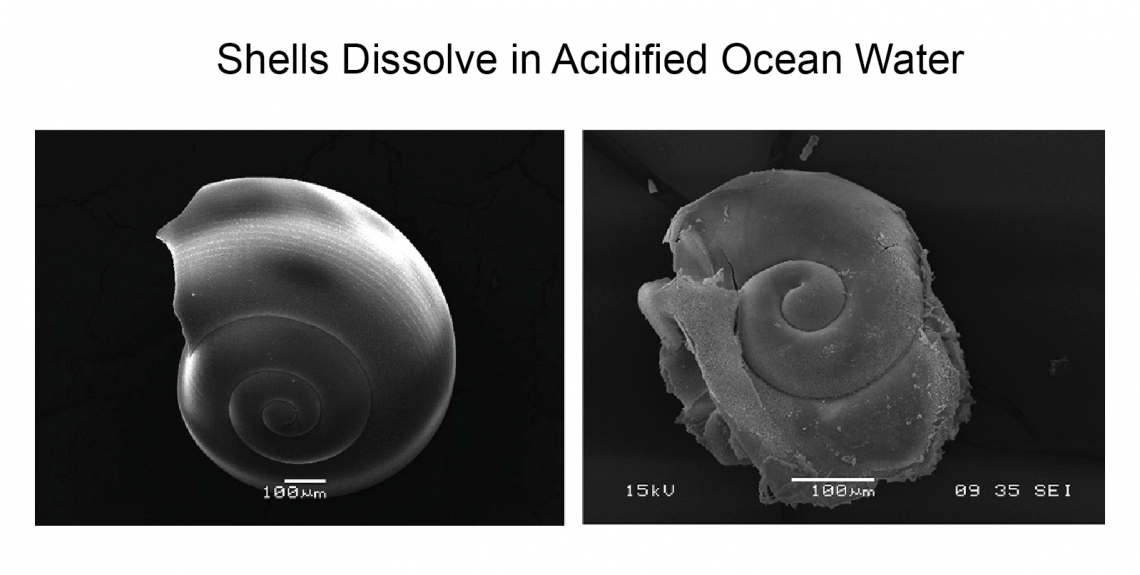
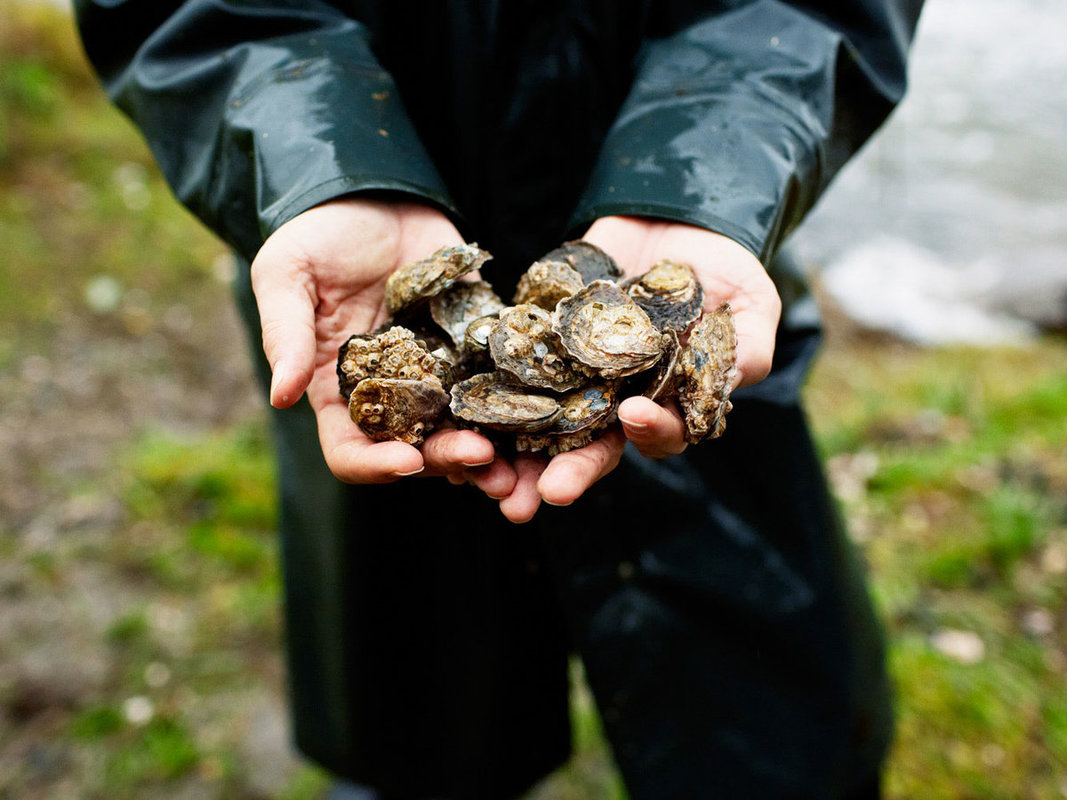
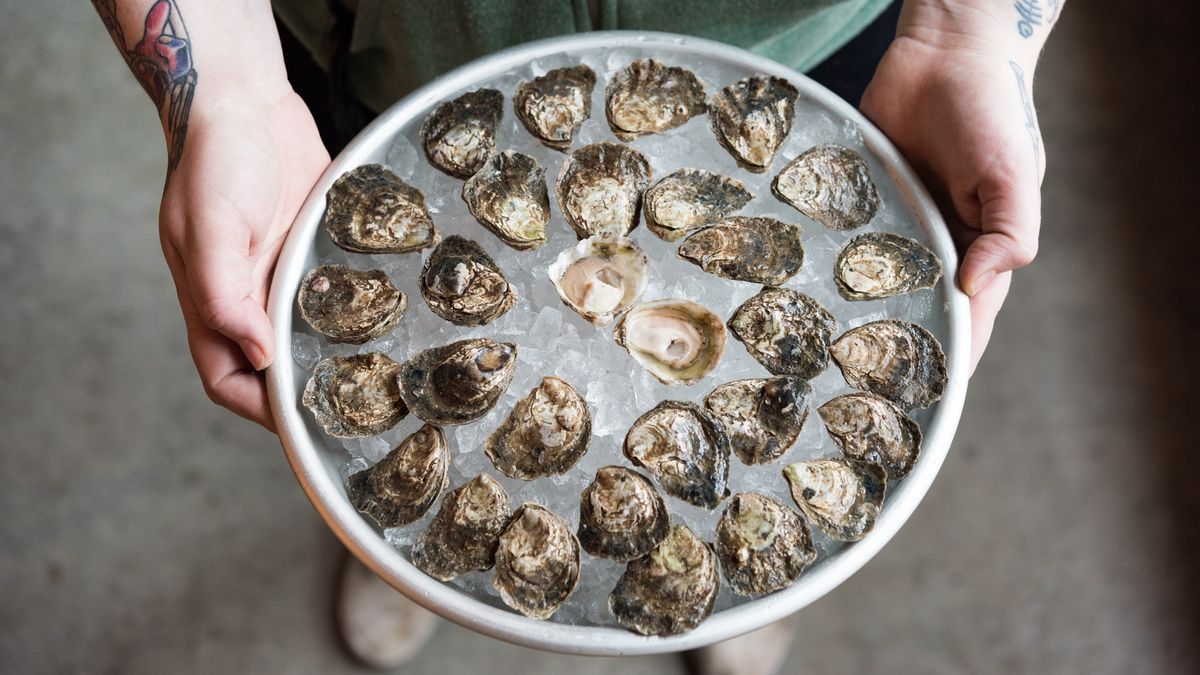
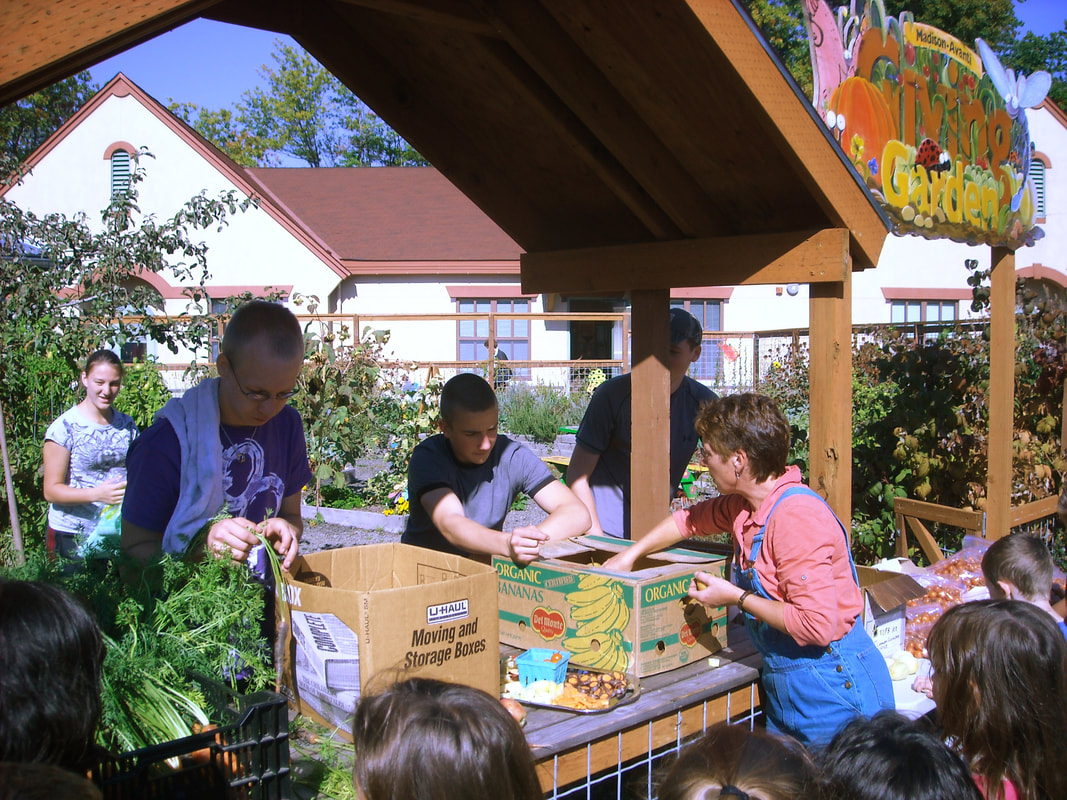
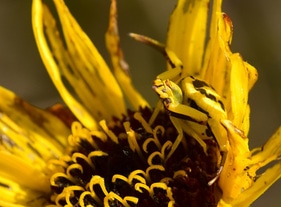
 RSS Feed
RSS Feed
